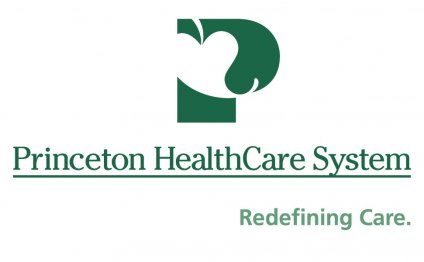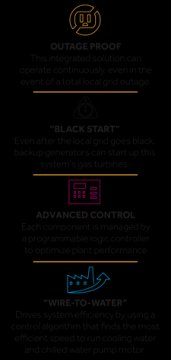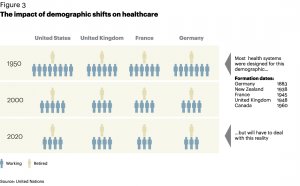
Princeton Healthcare Systems
For full functionality of the web site it is important make it possible for JavaScript.
To stay probably the most higher level medical establishments when you look at the country, Princeton HealthCare System needed a new facility. But renovating and expanding the current 93-year-old facility — with obsolete infrastructure and located in a densely created domestic neighborhood — had not been a viable option.
The Chance
To fulfill and go beyond the hospital board's and management's requirements for state-of-the-art client care, performance and ecological durability, a brand new $522 million, 636, 000-square-foot facility referred to as University Medical Center of Princeton at Plainsboro, was conceived, designed and built during a period of seven many years between 2005-2012. Its functions feature 231 private client areas, 21st century technology and high-tech robotics — all evidence-based components that develop quality of attention and output.
However, this committed approach required a trusted and constant power offer. The originally proposed solution, the standard main energy plant for hvac, dropped quick with regards to assisting UMCPP lower its environmental impact and operating expenses — not really as forward-thinking once the center it can run. UMCPP needed a simple yet effective (with regards to price and logistics) option that would allow it to stay centered on its main objective of supplying exemplary health care.

The Task
NRG dGen had a far better concept – a combined temperature and power plant, called a CHP, which offers extremely trustworthy electricity, vapor and cold water. The brand new center is wholly power self-sufficient, because of the lowest net power consumption and highest dependability readily available for a healthcare center of this size. NRG dGen designed, built, and financed the center, and from now on owns, works and keeps it under a long-term agreement. This basically means, UMCPP is able to consider its goal while NRG consistently do just what it can most readily useful — offer a best-in-class power option.
NRG's state of the art power option includes a 4.6 MW natural-gas turbine matched to a supplemental-fired heat recovery vapor generator, three 24, 000-lb/hr. low-emission vapor boilers, three 1, 000-ton electric chillers, a 700-ton steam consumption chiller, three 2 MW emergency backup generators and a-1 million gallon thermal energy storage (TES) system for off-peak cold water production, which flattens its thermal and energy demand pages and offers significant power cost savings.
The clean normal gas-fueled turbine generator, which can be backed up by three emergency generators, has a compressor system to boost its pressure and another system to handle its parasitic load. This generator can also provide all of the medical center's important power needs. Consequently, heat from turbine exhaust is captured to produce thermal energy to the building — vapor for heating and sterilization, and cold water for air-con. If necessary, a healthcare facility's electrical energy load may also be provided through the grid via two synchronous feeders, either which can give you the hospital's whole load as a contingency. If even more power is produced by the turbine than just what the hospital needs, the extra energy can be offered back again to the grid operator.
All elements tend to be monitored and cycled by an enhanced control system, which features proprietary financial dispatch computer software. This pc software can review and anticipate power cost volatility, after that schedules CHP equipment appropriately to attenuate the price of power manufacturing. Because CHP can co-generate electrical energy, it may prevent buying from the grid during peak hours and may help schedule power sales returning to the regional grid operator, PJM.
The Perfect Solution Is
From beginning to end, the CHP answer was made to satisfy UMCPP's certain needs. With money and technical expertise, NRG dGen facilitated both the construction associated with CHP project and its particular procedure. The plant it self represents an important action beyond mainstream thinking; most hospitals are driven only from primary utility grid, with back up generators for crucial places. Here, additional systems provide a high degree of dependability with infrastructure designed to accommodate future growth.
By combining efficient power resources with smart control systems, CHP takes energy savings to a different amount. It really is projected that the UMCPP plant can pay for it self within five years, with annual savings of thousands and thousands of bucks. Environmentally, it gets rid of 18.1 million weight of annual carbon emissions.
The CHP answer describes an innovative new standard for hospitals and medical facilities seeking to improve reliability, durability and working effectiveness.
Share this Post
Related posts
Princeton Healthcare System Jobs
Federal Agency Claims Health Care Provider Unlawfully Fired Employees Just Who Needed Medical Leave NEWARK, N.J. Princeton…
Read MoreTypes of Healthcare Systems
An excerpt from correspondent T.R. Reid’s upcoming guide on international medical care, called “We’re Number 37!, ” talking…
Read More
















